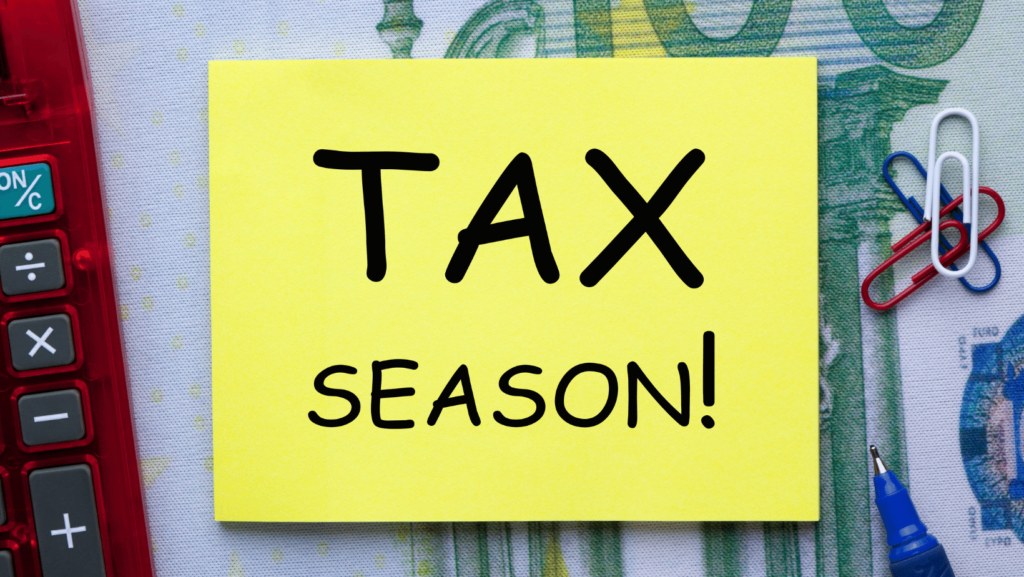
Tax season can be a stressful time for many individuals, but with proper preparation, you can make the process much smoother. By taking a proactive approach and following a few key steps, you can alleviate stress and ensure a hassle-free tax season. In this guide, we will discuss the essential steps you need to take to prepare for tax season and ensure a stress-free experience.
Understanding the Tax Season
Before diving into the preparation process, it’s crucial to have a clear understanding of the tax season itself. The tax season typically runs from January to April, with specific deadlines to keep in mind. Familiarize yourself with the important dates, such as the deadline for filing your tax return and any other relevant deadlines. Staying organized and aware of the timeline will help you plan and avoid unnecessary stress.
Gather Your Documents
The first step in preparing for a stress-free tax season is to gather all the necessary documents. These may include W-2 forms, 1099 forms, receipts, and any other documents related to your income, expenses, and deductions. Create a designated folder or file where you can keep these documents organized throughout the year, making it easier to access them when it’s time to file your taxes.
Review Changes in Tax Laws
Tax laws are subject to change, and it’s crucial to stay informed about any updates or revisions that may impact your tax return. Take the time to review recent changes in tax laws, particularly those related to deductions and credits. This will help you ensure that you take full advantage of any available benefits and avoid any surprises during the filing process. Online resources, government websites, and tax professionals can help you stay updated on the latest tax law changes.
Explore Tax Deductions and Credits
Tax deductions and credits can significantly reduce your tax liability. Take the time to familiarize yourself with the various deductions and credits that you may be eligible for. Common deductions include mortgage interest, student loan interest, and medical expenses, while credits can include the Child Tax Credit and the Earned Income Tax Credit. Understand the requirements and qualifications for each deduction or credit to maximize your savings.
Choose the Right Tax Filing Method
Decide on the most suitable tax filing method for your situation. Options include self-filing, using tax software, or seeking professional assistance. Consider factors such as complexity, comfort level with tax regulations, and budget. Self-filing may be suitable for individuals with simple tax situations, while tax software can provide guidance and streamline the process. If your taxes are more complex or if you prefer professional advice, consulting a tax professional is a wise choice.
Start Early and Create a Schedule
Procrastination can lead to unnecessary stress during tax season. Starting early and creating a schedule will help you stay on track. Begin gathering your documents as soon as they become available, and set aside dedicated time to work on your tax return. By breaking the process into smaller tasks and spreading them out over time, you can avoid the last-minute rush and ensure accuracy.
Organize and Prepare Your Tax Return
To ensure a smooth tax filing process, it’s crucial to organize your documents effectively. Arrange them in a logical order and enter the information accurately into your chosen tax preparation method, whether that’s a software program or manually filling out forms. Be thorough and double-check your work to minimize errors and maximize your chances of receiving accurate tax calculations.
Review and Double-Check Your Return
Before submitting your tax return, it’s essential to review and double-check all the information. Take the time to go through each section of your tax return to ensure accuracy and completeness. Look for any potential errors or discrepancies that could trigger an audit or delay your refund. If you identify any mistakes, make the necessary corrections promptly.
File Your Taxes and Track Your Refund
Once you are confident that your tax return is accurate, it’s time to file your taxes. Determine whether you will file electronically or by mail, depending on your preferences and the guidelines provided by the tax authorities. If you are entitled to a refund, make sure to track its status using the appropriate tools and resources. Knowing the progress of your refund will help you plan your finances accordingly.
Conclusion
Preparing for tax season doesn’t have to be a stressful experience. By following these steps and taking a proactive approach, you can navigate the tax season with ease and confidence. Remember to gather your documents, review tax law changes, explore deductions and credits, choose the right filing method, start early, stay organized, and review your return before filing. With a stress-free tax season, you can focus on other important aspects of your life, knowing that your taxes are taken care of. Start preparing early, stay organized, and embrace the peace of mind that comes with a smooth tax process.

